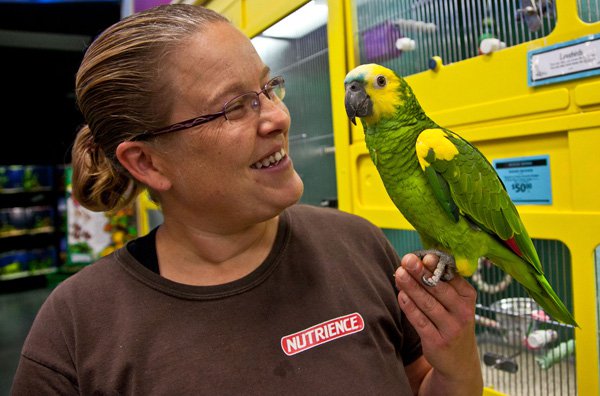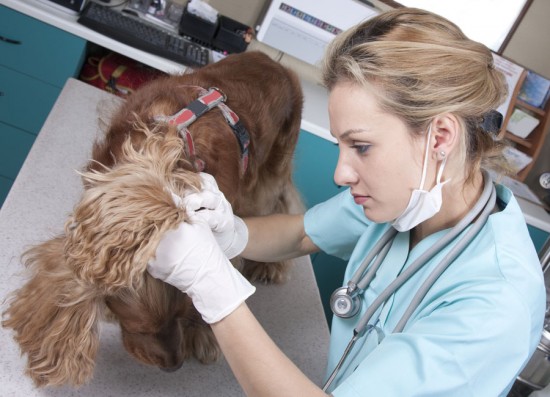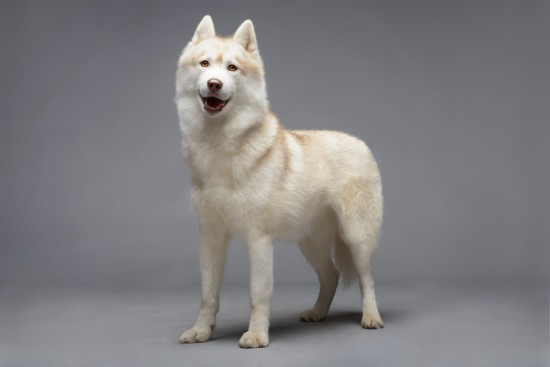
Spinal injury is one of the most serious ailments that dogs can suffer from. If your canine pet acquires this type of ailment, it may suffer from rear paralysis. This is so because, in many cases, the...
Spinal injury is one of the most serious ailments that dogs can suffer from. If your canine pet acquires this type of ailment, it may suffer from rear paralysis. This is so because, in many cases, the injured part and downwards is the most vulnerable. With this condition, your dog can no longer move his rear legs.
Unfortunately, this condition of your paralyzed dog can be permanent. Veterinary studies reveal that there are only a few cases that rear paralysis is treated. As a person who treats your dog as a true friend, you will certainly have to maximize your efforts in taking caring of it.
One of the most pressing issues in taking care of a paralyzed dog is its cleanliness. Your dog may have been trained before to take a dump only in the designated spot. However, due to its current situation it will not be able to follow the rules that you set before. Oftentimes, it may just decide to defecate in the very place where it is staying. Because of this, you have to regularly clean your dog as well as the very spot where it stays most of the time. Bathing your dog and cleaning its spot in the house prevents diseases that may just harm it more.
It is the nature of a dog to move towards what interests it, especially if it is still young. Thus, your pet might attempt to walk or move about even with the rear paralysis. While doing this too much, your dog may only drag its rear and develop sores and rashes in the process. The problem is that you can't tell your dog to just stay in one place. Like humans, they also want to overcome their handicaps. The best thing you can do is provide your pet with a means for him to be mobile still, like a dog wheelchair.
With a dog wheelchair, your pet can easily move from one place to the other. It may not be able to do some of the fun activities that can demand so much physically but, at least, it does not get bored in just lazing in a corner for the entire day. In fact, it can already go back to defecating in the spot that you once assigned for it. By regaining some mobility, your dog will no longer suffer so much from its rear paralysis. Walking around the house has become possible again, which is a great coping mechanism for it.
Article Tags: Rear Paralysis
 Chicken Runs: So that Your Hens Can Roam Around Freely
Chicken Runs: So that Your Hens Can Roam Around Freely
 The Different Stages Of A Puppy’s Imprinting Process
The Different Stages Of A Puppy’s Imprinting Process
 Alopecia In Dogs - What To Do If Your Dog Is Losing His Fur
Alopecia In Dogs - What To Do If Your Dog Is Losing His Fur
 How to Choose a Good Pig Hunting Knife
How to Choose a Good Pig Hunting Knife
 Are My Cats Fighting Or Playing?
Are My Cats Fighting Or Playing?
 18 Questions About Genetics That Responsible Breeders Should Know The Answers To
18 Questions About Genetics That Responsible Breeders Should Know The Answers To
Copyright © 2005-2016 Pet Information All Rights Reserved
Contact us: www162date@outlook.com